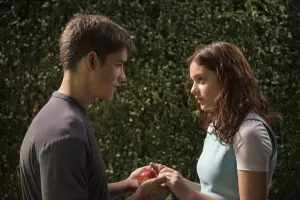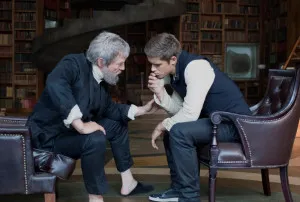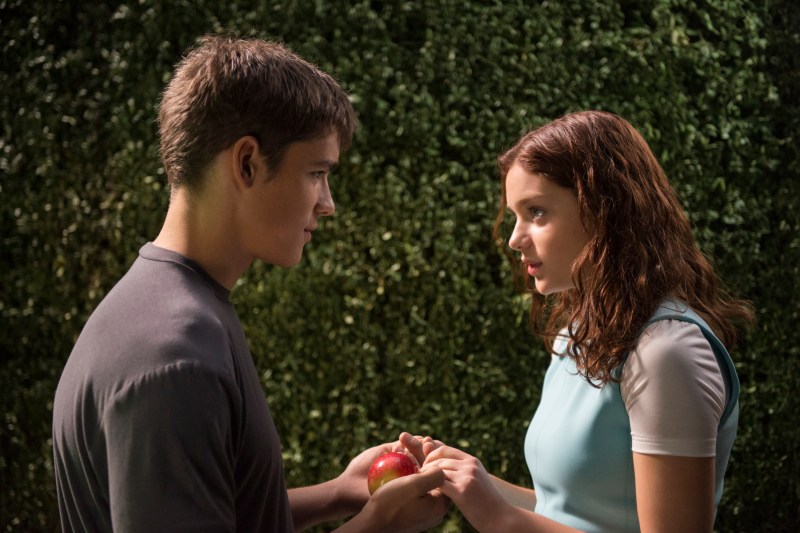
Released just over 20 years ago, Lois Lowry’s dystopian novel “The Giver” quickly found success to such a large extent that now it is used in many middle-school literature curricula. A few years after the book’s release, talks began to make a film adaptation. And 18 years after those rumors started, “The Giver” has finally found its way to the big screen.
The film follows a young man named Jonas (Brenton Thwaites), who lives in a seemingly utopian society. The futuristic community has no emotion, no color and no differences. Jonas has a rare ability referred to as “the capacity to see beyond,” which in turn gets him selected to be the new Receiver of Memory. He works with the prior Receiver (Jeff Bridges) — who is now referred to as The Giver — who passes down memories from past generations and Jonas experiences all the things, from sledding to war, that have been removed from his society. And as he begins to act out with his newfound knowledge, he finds himself in trouble with The Elders.
The Chief Elder is played by world-famous actress Meryl Streep, and although this cast is full of superstar actors, none of them steal the spotlight from the lesser-known Thwaites, who plays the clear protagonist of the film. For example, even though Taylor Swift’s name can be found on the movie poster, she takes on a very powerful supplemental role with only a few minutes of screen time. She and her character make an important contribution to the film and that importance is amplified by the brevity of her appearance on screen.

There may have been plenty of stars in front of the camera, but some of the most important figures in the production of “The Giver” were the visual effects team, as they portrayed Jonas’ transformation beautifully. As Jonas received more memories and learned more from The Giver, he started to see more and more color around him. At first the change was very faint — almost like a light Instagram filter — but the change was gradual and by the end, the film had gone from black-and-white to completely colored. This visual effect both literally and symbolically shows Jonas’ evolution throughout the film.
The color did get a bit overwhelming at times, such as when Jonas was receiving memories from The Giver. Some of the memories seemed very stock footage-esque, which didn’t make the memories seem very realistic, although this did allow Jonas’ memories to be more positive and idealistic, which help the overall message of the movie.
In regards to the theme, the film’s differs from the book’s, as the film tries to fit into the archetypal Hollywood mold. For example, the book has no clear antagonist but the film pins Jonas and The Giver against the Chief Elder. Also, the end of the book is left to interpretation while the film’s conclusion is very straightforward. While the significance of the story in the book requires more effort to find, the film’s theme is given straight to the viewer. And — like most film adaptations — it’ll just take less effort to receive it.
